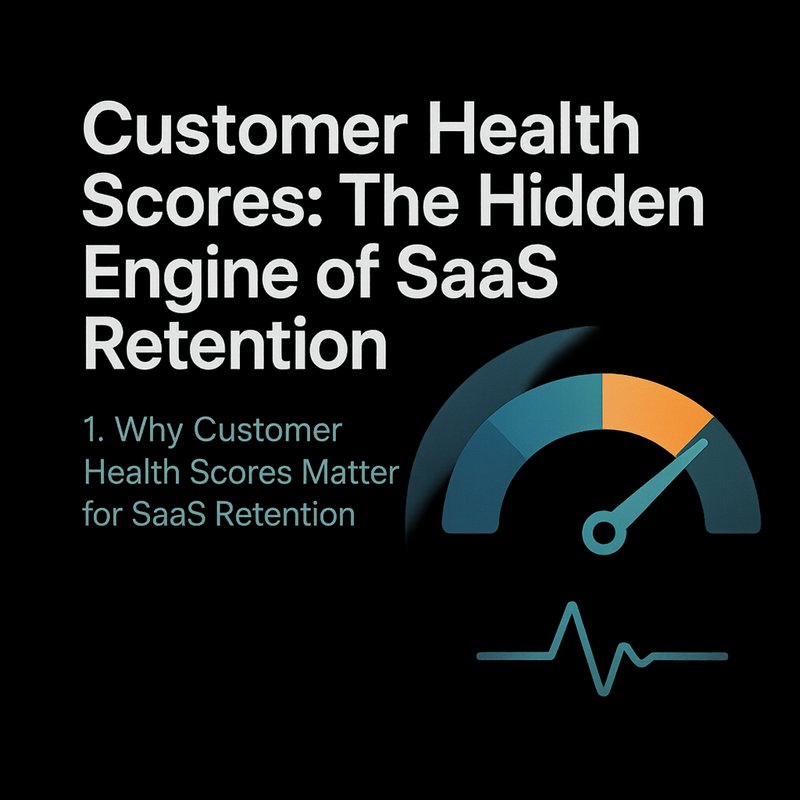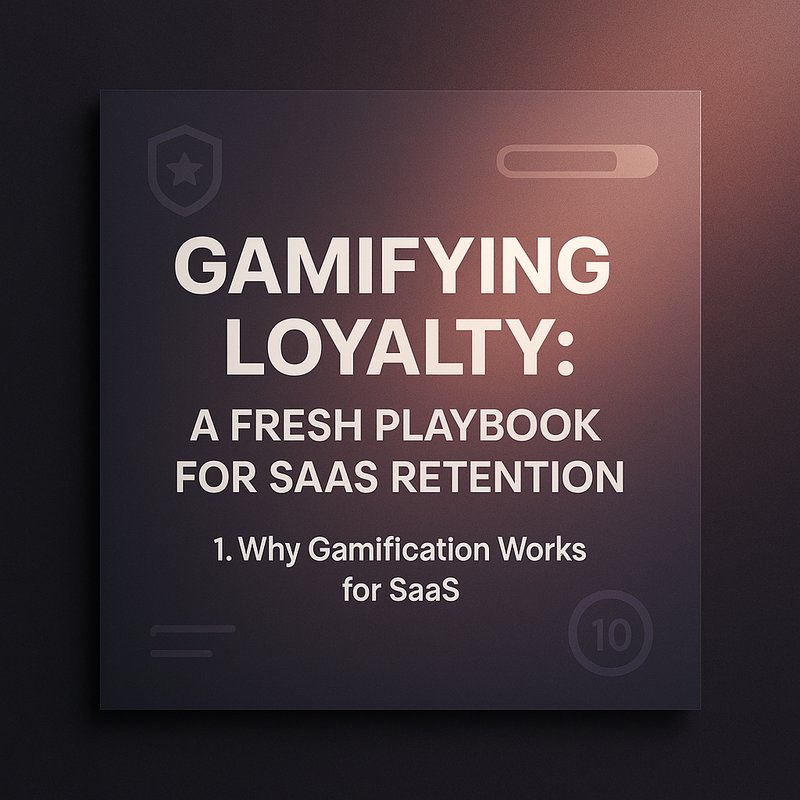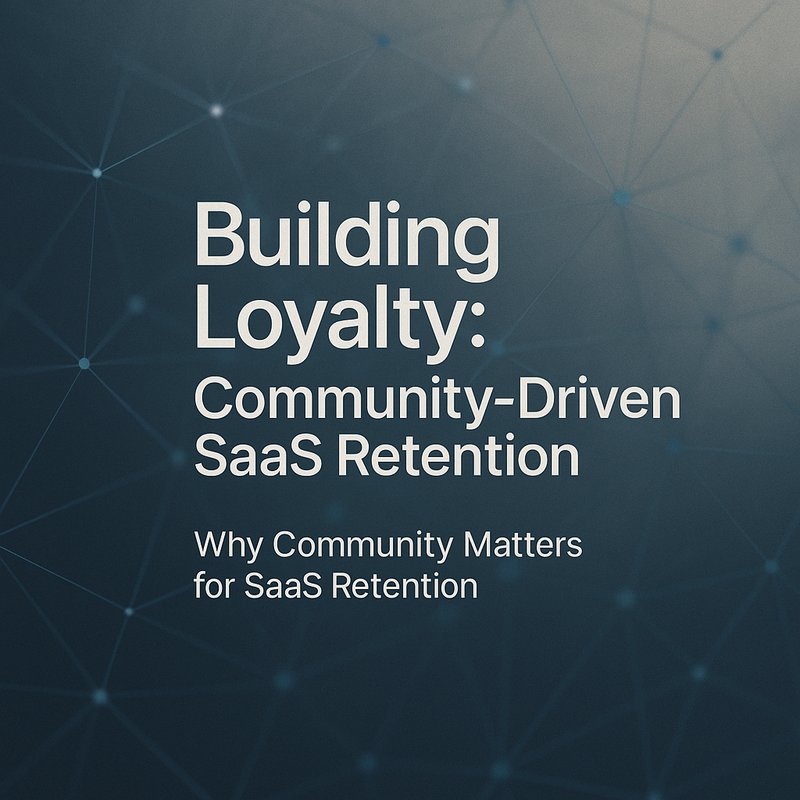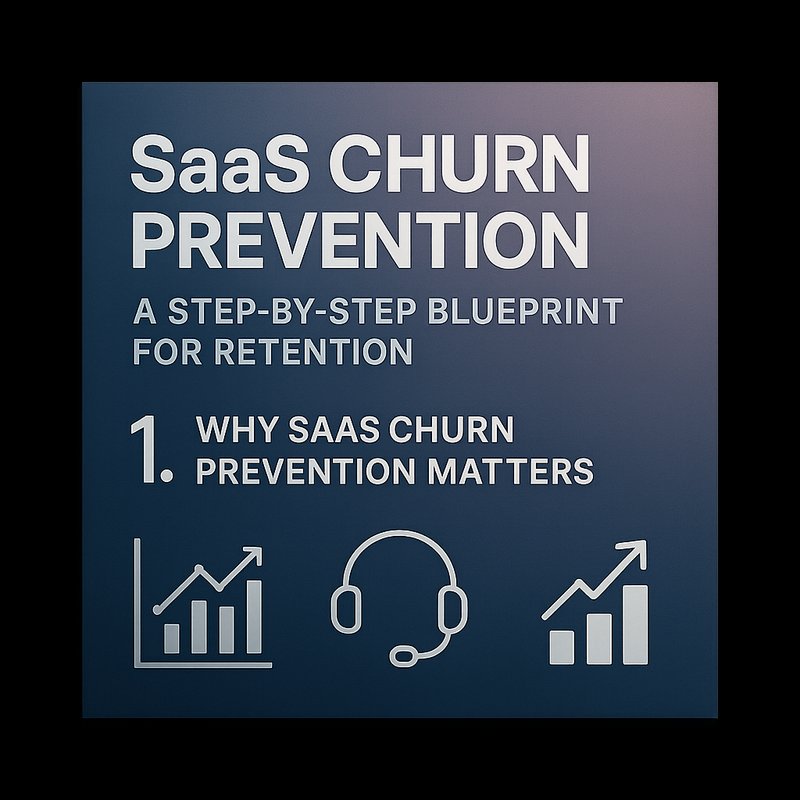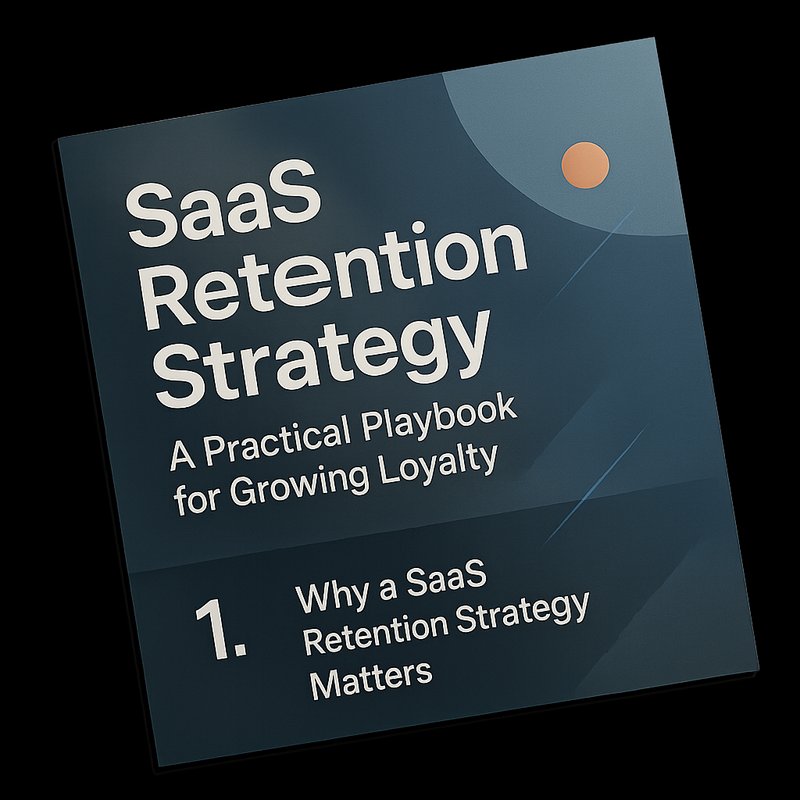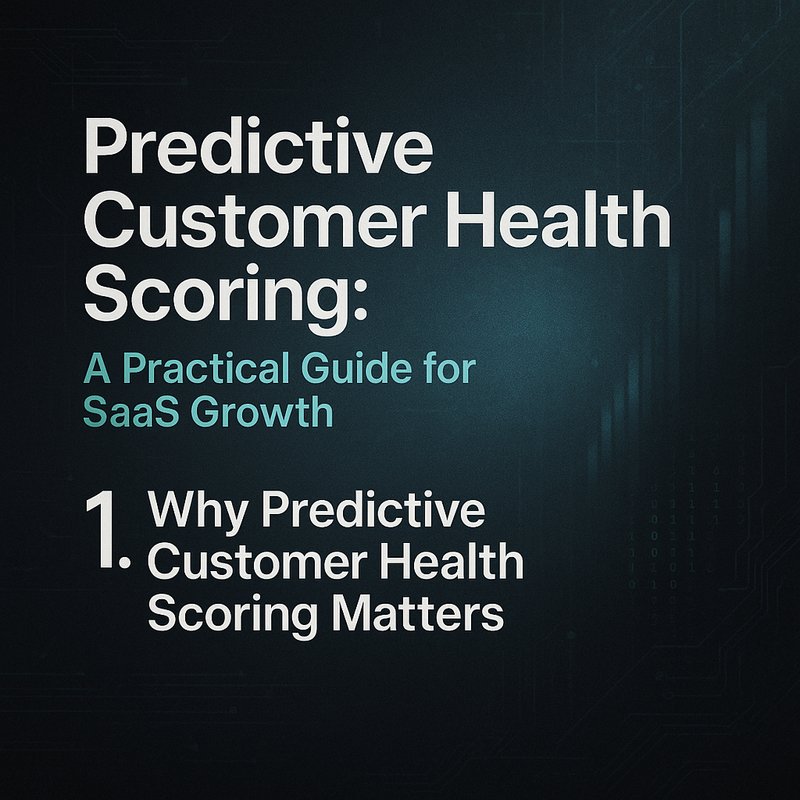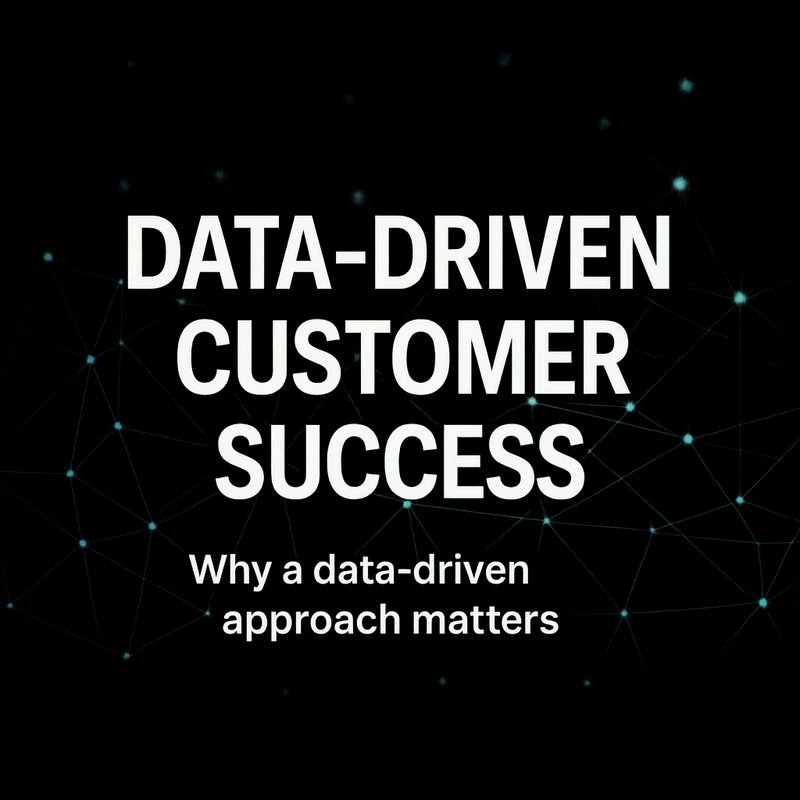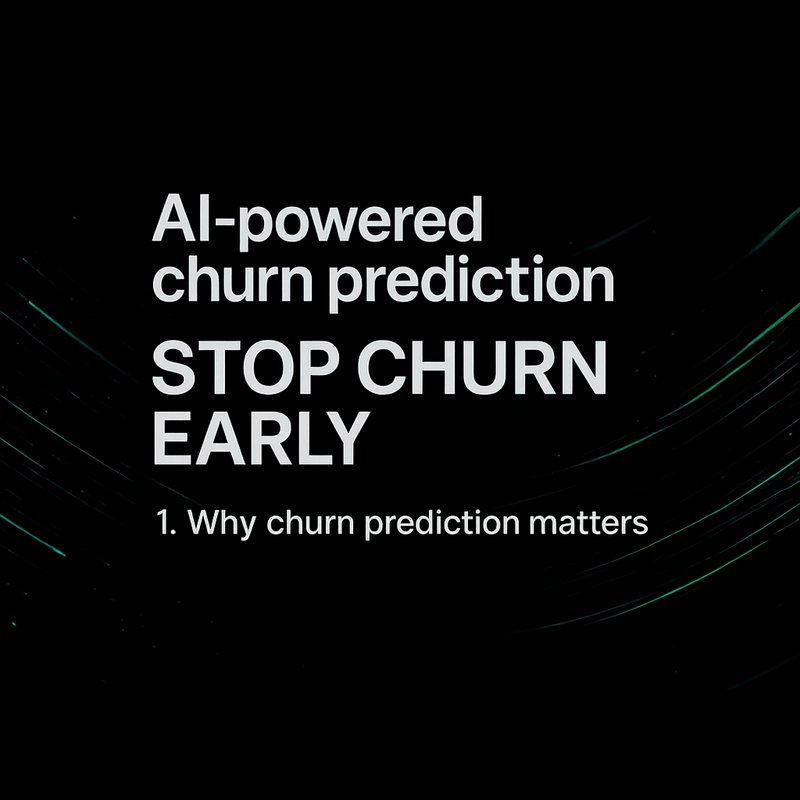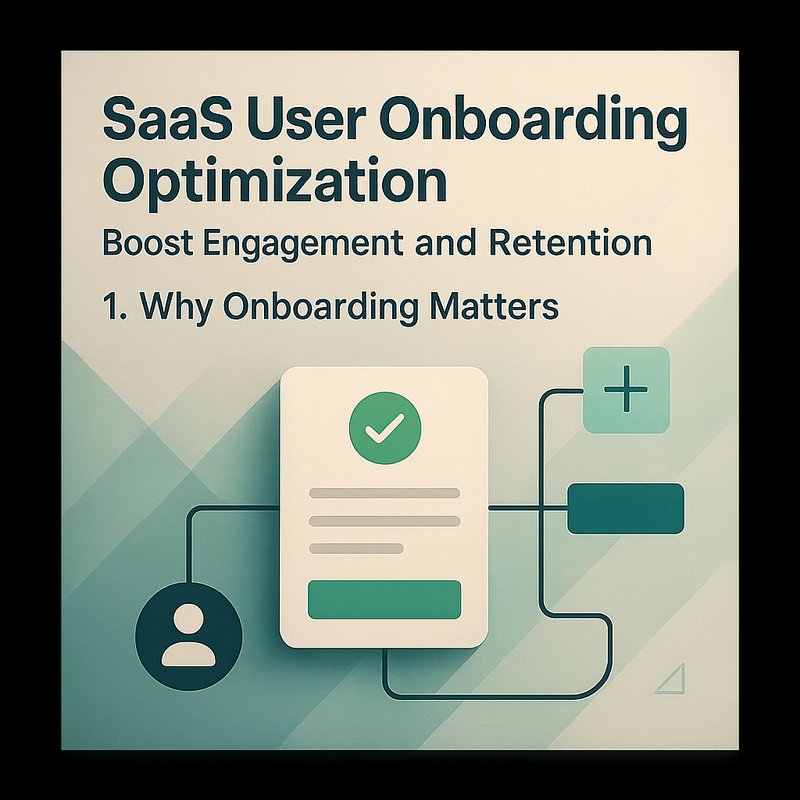In the world of subscription software, SaaS retention is the lifeblood that turns a one‑time sale into a steady revenue stream. When users stay, they spend more, they refer others, and they become advocates. When they leave, the cost of replacing them can be huge. This guide walks you through a practical, data‑driven playbook that turns every touchpoint into a retention opportunity.
1. Map the Customer Journey to Improve Saas Retention
The first step to improving SaaS retention is to see the whole journey from the user’s perspective. Think of it as a map that shows where users start, what they do, and where they drop off.
| Stage | What the user does | What you should do |
|---|---|---|
| Awareness | Finds your product through a blog or ad | Offer a free trial or demo |
| Onboarding | Installs the app and signs up | Send a welcome email with a quick start guide |
| Activation | Uses core features | Highlight key actions that bring value |
| Growth | Explores advanced features | Provide targeted tips and tutorials |
| Loyalty | Reaches a high usage level | Offer exclusive content or early access |
| Advocacy | Recommends the product | Ask for a review or referral |
By visualizing the journey, you can spot friction points that cause churn. Use a simple flowchart or a spreadsheet to track each stage.
Want to see how we help teams map journeys? Check out our product overview at https://meetneura.ai/products.
2. Onboarding Excellence
A great onboarding experience is the first line of defense against churn. Users who feel guided and supported are more likely to stay.
2.1. Welcome Email Series
Send a series of 3–5 emails that walk the user through the most valuable features. Keep each email short, use screenshots, and end with a clear call‑to‑action.
“Try the reporting tool now and see how it saves you 30 minutes a week.”
2.2. In‑App Tooltips
Use contextual tooltips that appear when a user hovers over a button or clicks a new feature. Keep the text concise and link to a help article.
2.3. First Success Milestone
Celebrate the first time a user completes a core action. Send a congratulatory message and suggest the next step.
“You just created your first dashboard! Want to add a second one?”
Learn more about our onboarding templates at https://meetneura.ai/#leadership.
3. Feature Adoption Nudges
Even after onboarding, many users stop using the product because they don’t see the full value. Nudges help bring them back.
3.1. Usage Reminders
If a user hasn’t logged in for a week, send a friendly reminder: “We miss you! Check out the new analytics feature.”
3.2. Feature Spotlight Emails
Highlight a feature that aligns with the user’s industry or role. Use data from their usage patterns to personalize the message.
3.3. In‑App Pop‑Ups
When a user is about to complete a task, show a pop‑up that offers a shortcut or a related feature.
Explore how we automate nudges with our AI‑powered platform at https://ace.meetneura.ai.
4. Feedback Loops
Listening to users is essential for continuous improvement. A structured feedback loop turns complaints into action.
4.1. NPS Surveys
Send a Net Promoter Score survey after a major milestone or quarterly. Keep it to one question: “On a scale of 0‑10, how likely are you to recommend us?”
4.2. In‑App Feedback Buttons
Add a small “Help” or “Feedback” button that opens a quick form. Capture the issue, user context, and urgency.
4.3. Closed‑Loop Reporting
When a user submits feedback, route it to the relevant team and send a confirmation email. Show the user that their voice matters.
See how we close the loop in our case studies at https://blog.meetneura.ai/#case-studies.
5. Personalization at Scale
Personalized experiences increase engagement and reduce churn. Use data to tailor every interaction.
5.1. Dynamic Content
Show different content blocks in emails based on the user’s plan, usage, or industry. For example, a free user sees a “Upgrade to Pro” banner, while a Pro user sees a “Try the new API” link.
5.2. Predictive Recommendations
Use simple predictive models to suggest features or content that the user is likely to find useful. Even a rule‑based system can be effective.
5.3. Custom Dashboards
Allow users to create dashboards that match their workflow. The more they customize, the more they feel the product is theirs.
Learn how we build personalized experiences at https://meetneura.ai.

6. Proactive Support
Support is a major driver of retention. Proactive support means reaching out before the user asks for help.
6.1. Usage Alerts
If a user’s usage drops below a threshold, send an alert: “We noticed you haven’t used the collaboration feature. Need help?”
6.2. Knowledge Base Updates
Keep the knowledge base fresh and relevant. When a new feature launches, push a short guide to users who haven’t used it yet.
6.3. Live Chat Availability
Offer live chat during peak hours. Even a short 5‑minute chat can prevent a user from feeling stuck.
Discover our support automation tools at https://meetneura.ai/products.
7. Data‑Driven Decision Making
Numbers tell the story of SaaS retention. Build a dashboard that tracks the metrics that matter.
| Metric | Why it matters |
|---|---|
| Daily Active Users (DAU) | Indicates engagement |
| Feature Adoption Rate | Shows which features drive value |
| Churn Rate | The ultimate retention metric |
| Customer Lifetime Value (CLV) | Helps prioritize high‑value users |
| Support Ticket Volume | Signals friction points |
Use a BI tool like Google Data Studio or Metabase to visualize these metrics. Set alerts for sudden spikes in churn or ticket volume.
Image: SaaS retention dashboard showing key metrics
Alt text: SaaS retention dashboard showing key metrics
8. Automation & Workflow
Automation frees up time for your team and ensures consistency.
8.1. Triggered Email Workflows
Set up workflows that trigger when a user meets a condition: e.g., “If a user has not logged in for 30 days, send a re‑engagement email.”
8.2. Ticket Routing
Automatically route support tickets to the right team based on keywords. Reduce response time and improve satisfaction.
8.3. Renewal Reminders
Send renewal reminders 30, 15, and 5 days before the subscription ends. Offer a discount or a new feature preview to encourage renewal.
Automate your workflows with our AI‑powered platform at https://ace.meetneura.ai.
9. Measuring SaaS Retention Success
Retention is a moving target Regularly review your metrics and adjust tactics.
9.1. Cohort
Group users by signup date and track their retention over time. Identify which cohorts perform best and why.
9.2. A/B Testing
Test different onboarding emails, feature nudges, or support scripts. Use statistical significance to decide which version wins.
9.3. Quarterly Reviews
Hold a quarterly review with product, marketing, and support teams. Discuss what worked, what didn’t, and plan next steps.
See how we run quarterly reviews in our case studies at https://blog.meetneura.ai/#case-studies.
10. Quick Implementation Checklist
| Step | Action | Link |
|---|---|---|
| 1 | Map the customer journey | N/A |
| 2 | Design a welcome email series | https://meetneura.ai/products |
| 3 | Set up usage reminders | https://ace.meetneura.ai |
| 4 | Deploy in‑app tooltips | N/A |
| 5 | Launch NPS surveys | https://blog.meetneura.ai/#case-studies |
| 6 | Build a retention dashboard | https://meetneura.ai |
| 7 | Automate renewal reminders | https://ace.meetneura.ai |
| 8 | Conduct cohort analysis | N/A |
| 9 | Run A/B tests | N/A |
| 10 | Review quarterly | https://meetneura.ai/#leadership |
11. Conclusion
SaaS retention is not a single tactic; it’s a culture that values every user interaction. By mapping the journey, delivering personalized onboarding, nudging feature adoption, listening to feedback, and automating support, you create a frictionless experience that keeps users coming back. Data drives decisions, and data shows you where to focus next. Start small, iterate, and watch your retention climb.

